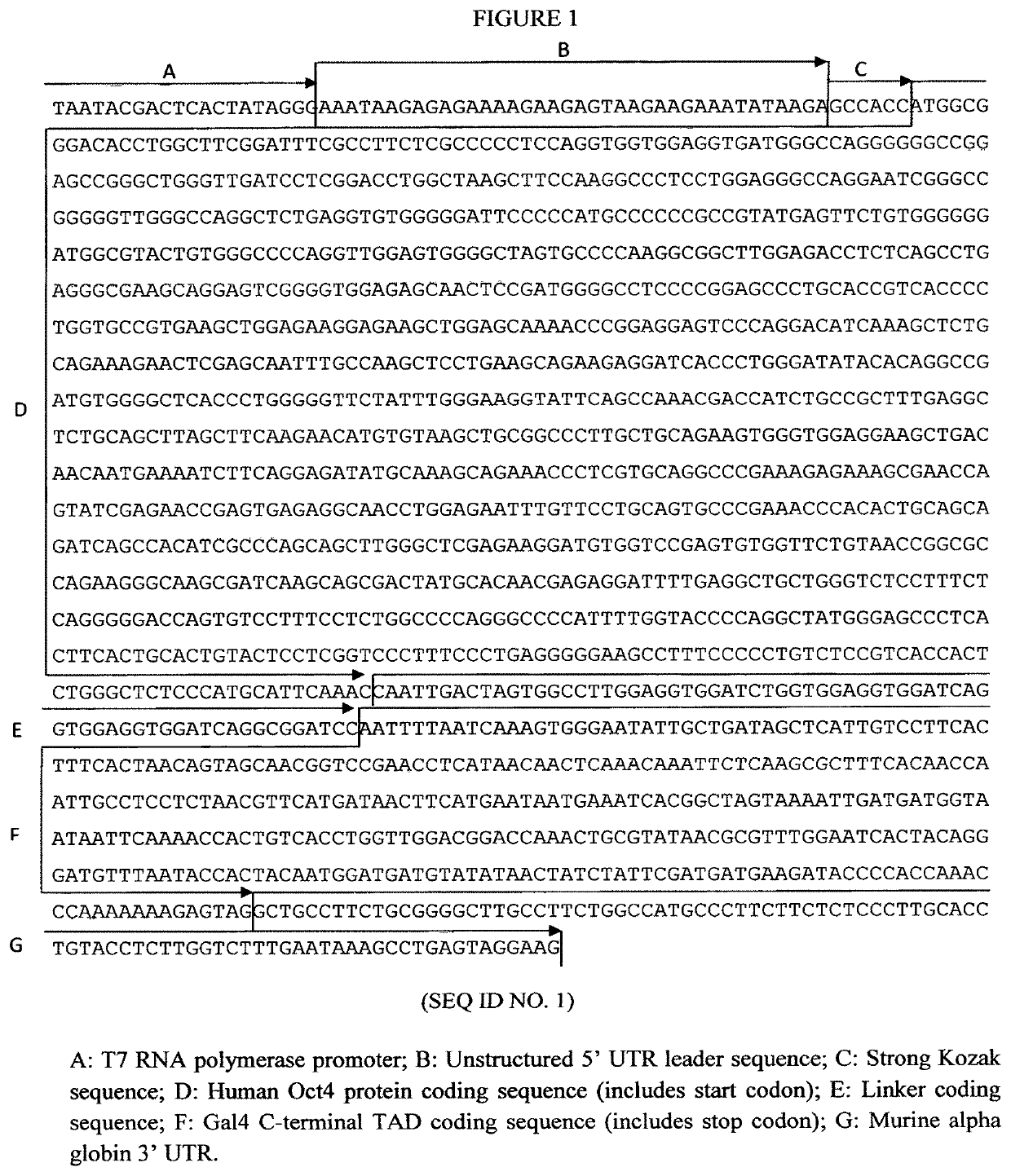Disadvantages of
Virus-Based Conversion Methods
Even so, the efficiency of the process is typically very low with well under 1% of the fibroblasts giving rise to iPSC colonies.
There are major drawbacks to the use of integrating viral vectors to make iPSCs.
In the first place, the level and quality of temporal control over
gene expression afforded with these vectors is limited as (a) expression cassettes generally integrate at random chromosomal locations and their activity is subsequently influenced by genomic context, and (b) endogenous genomic defense mechanisms tend to
silence integrated cassettes with variable
kinetics and finality.
It has been reported that “leaky” expression or unintended reactivation of integrated reprogramming factor cassettes leads to problems with the reproducibility of
directed differentiation performed on iPSCs made by viral methods, compromising their utility even for purely research-oriented applications such as
drug discovery.
Of still greater concern, any reprogramming method that leaves copies of oncogenes such as c-Myc embedded at random locations in the
genome is unlikely to receive approval in
regenerative medicine applications owing to the risk that these cassettes might become reactivated in a patient and cause
cancer.
Reprogramming has also been reported using non-integrating adenoviral vectors, although this method has not seen wide adoption.
While the techniques of Class A and B can be applied to generate
footprint-free iPSCs, they nevertheless entail a
significant risk of genomic alteration owing to incomplete excision or stochastic recombination events involving the
DNA vector.
While excisable
lentivirus and episomal
DNA vectors are currently popular technologies due to their ease of use, it seems doubtful that they will become long-term methods of choice for clinical iPSC derivation given the availability of alternative techniques that sidestep the genomic alteration problem entirely.
Of the “
footprint-free” methods of Class C,
protein transduction, the first to be published, has so far proved too inefficient to
gain wide adoption.
However, this technique does entail the use of a
virus that can take weeks to clear from the
resultant iPSC colonies, and again screening (with some attendant risk of false negative results) would be required before Sendai-derived iPSCs could be qualified for clinical use.
Although not currently as popular as Sendai, the mRNA reprogramming
system has been taken up by numerous labs despite the handicap of being fairly labor-intensive since the short-lived
RNA transcripts must be redelivered daily over the course of reprogramming.
Reprogramming with self-replicating mRNA is a new approach that offers the “single-shot” convenience of Sendai but, as with the
RNA virus, the relatively
poor control afforded over the reprogramming factor expression
time course and the potential persistence of self-replicating vector may be of concern in a clinical context.
(1) As mRNA transcripts have a half-life on the order of 24 hours in the
cytoplasm, reprogramming cultures must be transfected on a consistent daily schedule to obtain robust outcomes. The first successful mRNA reprogramming protocols called for at least two weeks' of daily
transfection to generate iPSCs. Clearly, the convenience of one-shot reprogramming systems based on viruses, episomal
DNA or self-replicating mRNA outweighs the benefits of the mRNA
system for many prospective users. Aside from the hands-on time involved, the need to perform a long series of transfections when using the mRNA
system adds to the cost of the materials required, including the synthetic mRNA,
transfection reagent, and the costly B18R protein commonly used as a media supplement to inhibit host innate immune responses to
RNA.
(2) Compared to systems based on “one-shot” vectors, it has so far proved relatively difficult to translate the success of mRNA reprogramming in human fibroblasts to other cell types. Although fibroblasts remain the most popular starting material for iPSC generation, there is great interest in performing reprogramming on blood-derived cell types in particular. A central difficulty in adapting the mRNA reprogramming system to blood-derived cells is the low efficiency of
transfection attainable with popular cationic transfection reagents. By contrast, transfection efficiencies of >50% are readily achieved in fibroblasts. Schematically, one can imagine that if just 10% of blood cells take up a significant amount of
nucleic acid on transfection that could still support acceptable levels of reprogramming in the case of a persistent integrating or self-replicating vector. However, only a very small percentage of cells will undergo sustained, robust reprogramming factor expression over a course of repeated mRNA transfections.
Electroporation is an alternative modality which can transfect RNA efficiently into blood cells. However, a prolonged
regimen of daily
electroporation might well prove too harsh on target cells to be useful for reprogramming.
Various limitations of the related art will become apparent to those skilled in the art upon a reading and understanding of the specification below and the accompanying drawings.
 Login to View More
Login to View More 

